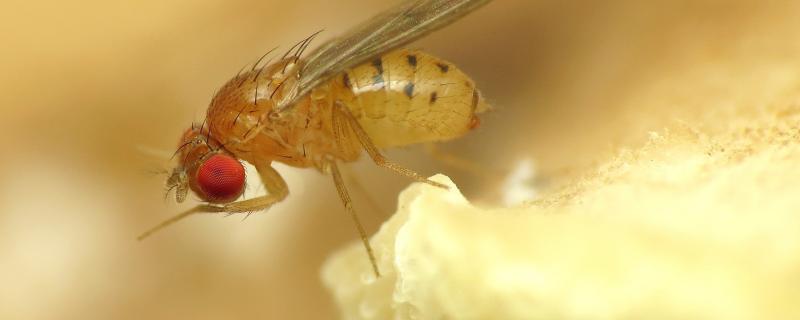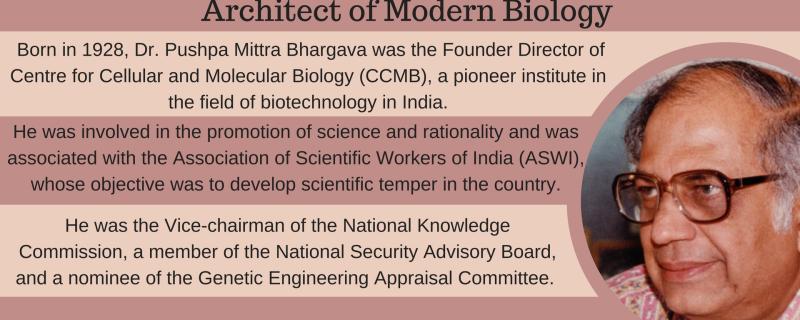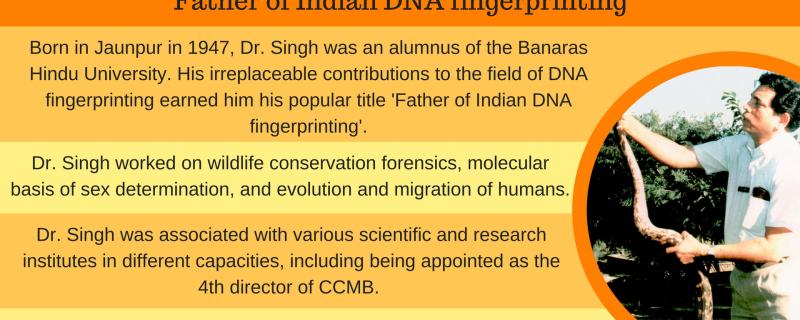Researchers have used genetic tools to investigate how specific nerve cells in the brain respond after a spinal cord injury.
Gelechia bilobuncusa (top, left: ), Gelechia adi (top, right), and Istrianis ladakhensis (bottom). Image credit: Authors, https://doi.org/10.11646/zootaxa.5728.1.6
New Delhi/
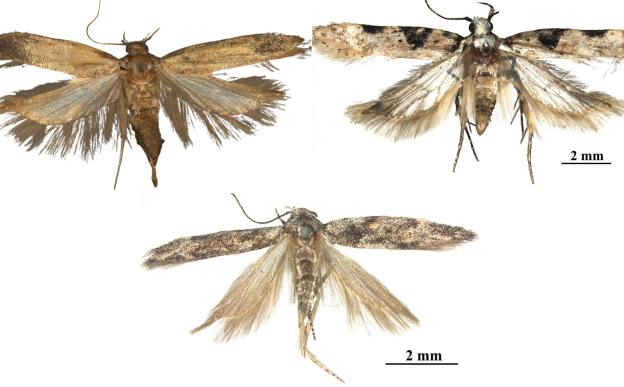
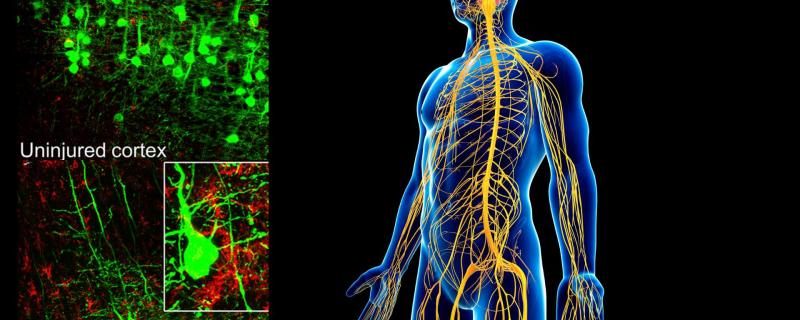
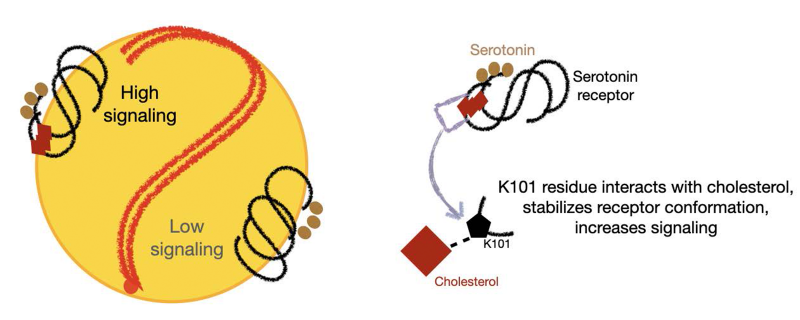
![African cheetah [Image credits: By Mukul2u - Own work, CC BY 3.0, https://commons.wikimedia.org/w/index.php?curid=4553072] New insights on the evolution of cheetahs may help decide the best move on reintroduction](/sites/researchmatters/files/styles/large_front_800x320/public/cheetah.jpg?itok=RY__sh3f)

